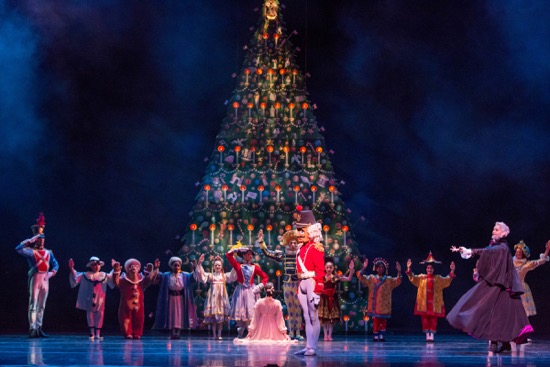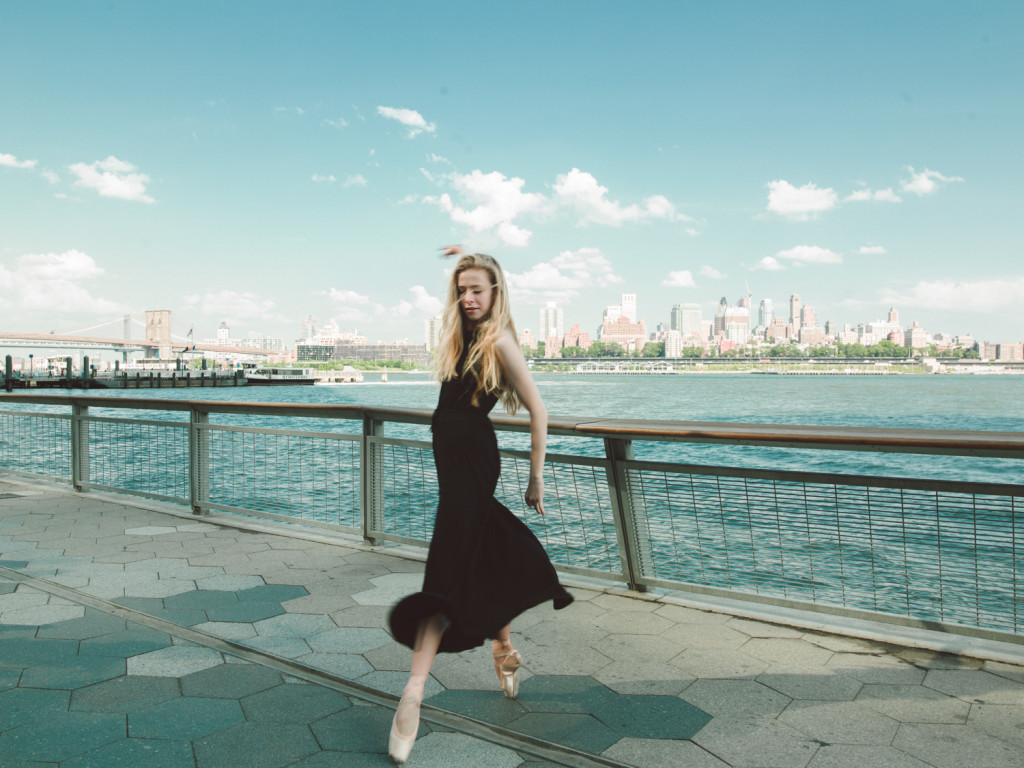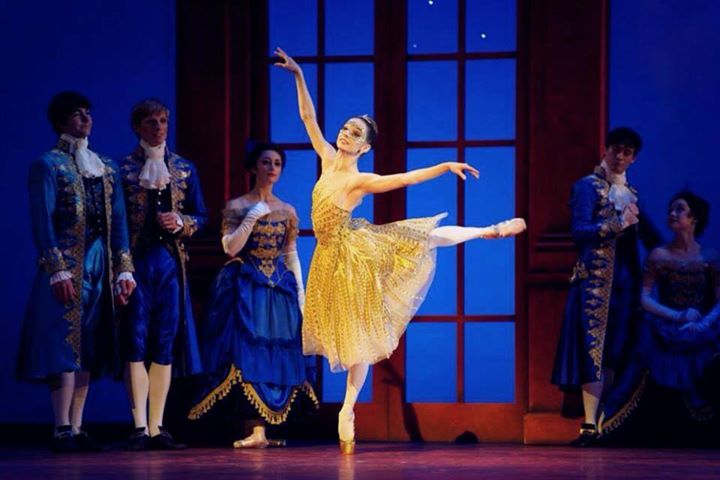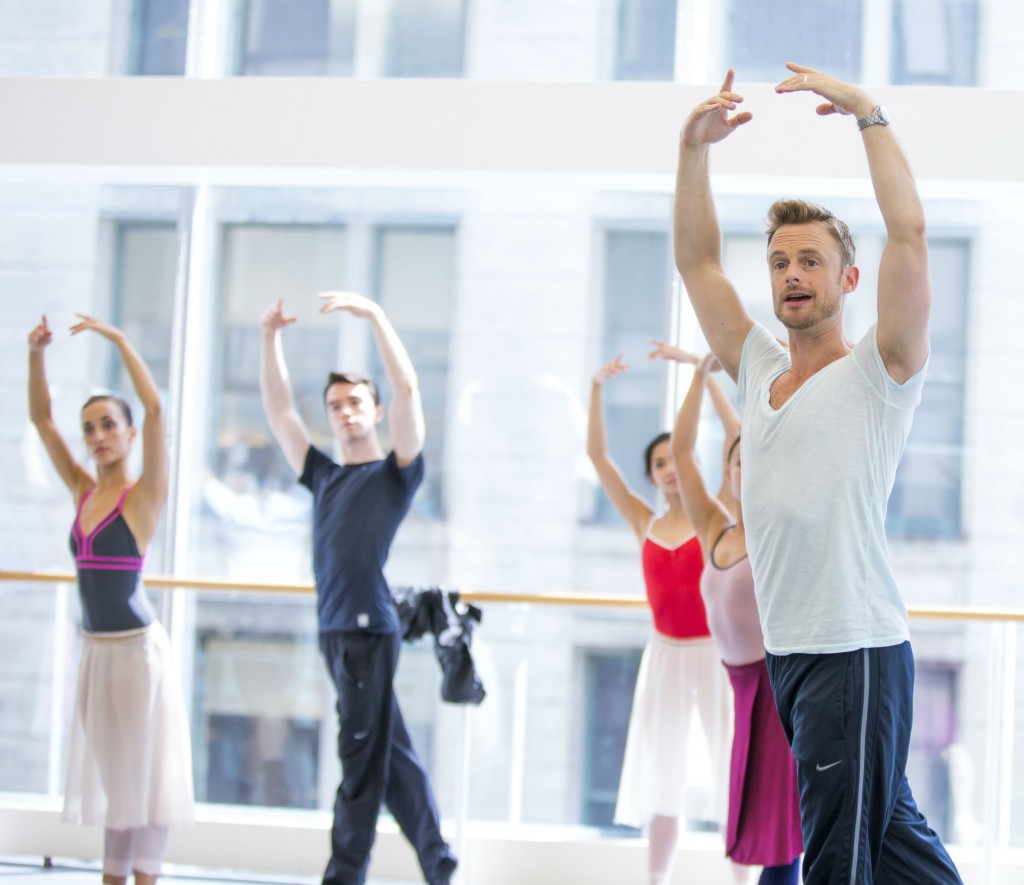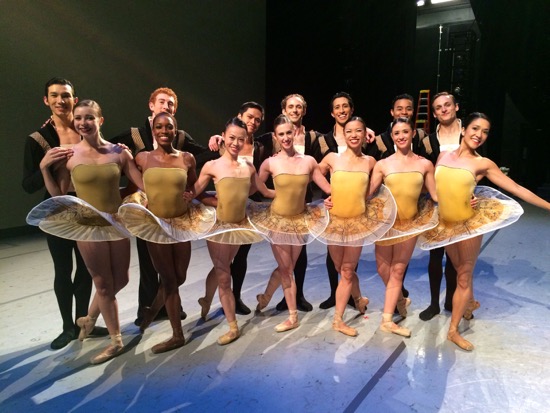
by Alessa Rogers
Mixed repertory programs can be a tough sell for ballet companies. Audiences are more willing to shell out money and time to see something familiar; like the story ballets Sleeping Beauty and Swan Lake, of which they already know what to expect and are thus more comfortable. Marquis productions are what bring in the money with their splashy titles, character-driven works, happy or not so happy endings. But there is a younger sibling to the more traditional full-length narrative ballet that deserves just as much audience respect–the mixed repertory program.
Mixed rep defined
A mixed rep show is a stylistically diverse program of multiple shorter works–generally 3 or 4 pieces, each around 15-30 minutes in length, and usually all by different choreographers. Some follow a narrative arc where others are movement for movement’s sake. Unless an artistic director has chosen a unifying theme for the program the pieces stand-alone and are unrelated which leads to a surprising, fresh and exciting program.
Bite-sized dance
In this day and age of instant gratification, a mixed rep show may just be what an entry-level balletomane needs. A 20 minute piece followed by a break to check in to the theater on Facebook and send a few selfies in your theatre-going finery followed by another 15 minute burst of culture a couple more times? Yes this is what 21st century audiences can do at a mixed rep show! No need to buckle your seatbelt for a 3 and a half hour show of the same tortured heroine (though that is perfect for some people). The commitment is less but the pay off is still great. It’s like being served 3 of the most exquisite appetizers and not even needing to order an entrée because you are so satisfied from that.
But besides the practical logistics of maintaining your social life while gaining some culture cred, mixed reps offer something really special. I did a little bit of market research while writing this post, i.e., I asked my boyfriend what he thinks about mixed reps. He is a typical young American male engineer who likes watching basketball, playing chess and not going to ballets (until he met me that is–now he is horrified that he might have missed out on all those Nutcrackers!) Turns out, mixed rep programs are his favorite shows to go to. “They are good for people with short attention spans and there is more of a chance to see something you really like because there are three distinct pieces. Sometimes a piece might be weird and polarizing but in the end that makes it more exciting. And you are exposing yourself to the most density of dance experience in a short amount of time.” (Did I mention he has a Ph.D.? He is very smart and should be trusted.)
21st Century ballet
Mixed rep programs are fun because you never know quite what to expect. This is not stereotypical ballet. In a single show you might see classical ballet, neoclassical, contemporary, a blurring of all of these, or something completely different. There was one mixed rep at Atlanta Ballet that had not one single pointe shoe the entire evening. There were cowboy boots and jazz shoes and bare feet but nary a pointe shoe in sight. This is ballet? Yes, this is ballet in the 21st century and it is glorious. Mixed reps are where ballet evolves and grows up and changes with the times. This is where performers and audiences stretch themselves to the limits, breathing new life into an old art form.
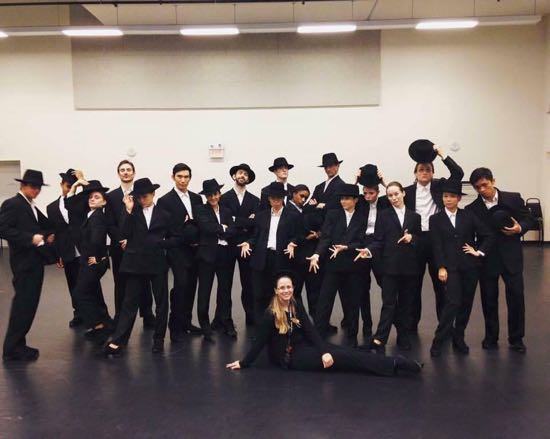
In a mixed rep program at Atlanta Ballet the audience is treated to some of the world’s greatest choreographers, like Christopher Wheeldon, Wayne McGregor and Jorma Elo. These in-demand dance makers from all over the world are heading South with their ballets. Atlantans don’t have to travel to places like New York and Europe to see these masters. They are coming here. At the same time, many companies use mixed reps to foster their budding in-house choreographers. In a 2014 mixed rep program, I was fortunate enough to be in pieces by internationally acclaimed choreographers Alexei Ratmansky and Ohad Naharin, but it ended up being Atlanta Ballet dancer Tara Lee’s premiere that was most special to me. There is a different dynamic in being choreographed on by a fellow dancer. She knows everything about me as a dancer, what I’m good at, what I’m bad at (and still cast me!), and it formed a kind of trust between her and her cast that was so strong.
In the program Atlanta Ballet is currently preparing for, all three works were world premieres on Atlanta Ballet at one point or another. When new pieces are being created, the studio is fecund with creativity, energy and excitement. Mixed rep shows are where we get to work with choreographers we have always dreamed of working with. I think at Atlanta Ballet this is really where we shine–in collaboration and in versatility. Working with these choreographers in such varied styles is how dancers become versatile artists. Young dancers often get their first chances to be featured and shine alongside virtuosic veterans. It can be hard on a body to go from Possokhov’s Classical Symphony to Gustavo Ramirez Sansano’s El Beso in the same night because the qualities are completely different but we crave the challenge. It fills us up. Mixed reps are where we find and push our edges. Even if there is one piece we don’t particularly like or isn’t suited to us we can work on growing in that one and really enjoy the next. There are extremes and there is balance and there is, always, beauty and joy.
When it comes to mixed rep programs, there are plenty of reasons to attend. Choreographer Gustavo Ramírez Sansano shares some thoughts on the value of experiencing a range of different contemporary dances:
Atlanta Ballet’s 20/20: Visionary program is a mixed rep offering that runs from March 18th through March 20th, 2016. Tickets are still available.
 Contributor Alessa Rogers began her dance training with Daphne Kendall and left home at fourteen to attend the North Carolina School of the Arts. Upon graduation she spent one season with North Carolina Dance Theatre II before joining Atlanta Ballet where she has been for the past eight years.
Contributor Alessa Rogers began her dance training with Daphne Kendall and left home at fourteen to attend the North Carolina School of the Arts. Upon graduation she spent one season with North Carolina Dance Theatre II before joining Atlanta Ballet where she has been for the past eight years.
Favorite roles at Atlanta Ballet include Juliette in Jean-Christophe Maillot’s Romeo et Juliette, Margaret in the world premiere of Helen Pickett’s The Exiled, Lucy in Michael Pink’s Dracula, Ophelia in Stephen Mills’ Hamlet, Lover Girl in David Bintley’s Carmina Burana, and Princess Irene in the world premiere of Twyla Tharp’s The Princess and the Goblin.
She has performed works by Jorma Elo, Wayne McGregor, Ohad Naharin, Christopher Wheeldon, Christopher Hampson, Dwight Rhoden and Tara Lee. She has been a guest artist with the National Choreographers Initiative in California and Terpsicorps Theatre of Dance in Asheville, N.C.
In her spare time she likes to read, write, cook vegetables, meditate, travel and rock climb.





